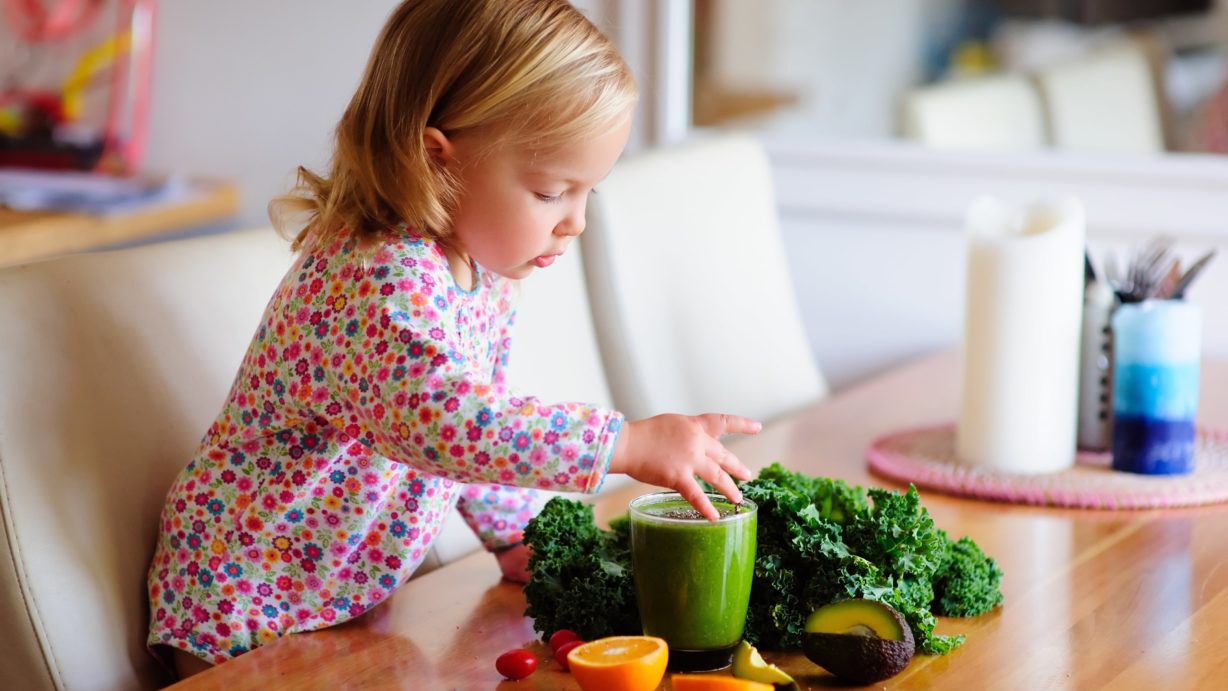Infants and toddlers have an uncanny ability to get into things that they should not. Just when you think you have eliminated all the potential risks, something seemingly harmless turns out to be dangerous.
You have most likely spent considerable time and effort researching what you should and should not do in your nursery. What about the rest of your house? Have you ensured each room is ready for a young child?
At BrightPath Kids, your child’s safety is paramount. We have put together this handy baby proofing checklist to help you make sure every corner of your home is safe for baby.
Around the Whole Home:
- Outlet Covers
Unfortunately, electrical outlets can be the perfect height for tiny fingers to play with. If an outlet isn’t in use, be sure to install outlet covers. There are spring-loaded designs available that prevent children from interfering with the outlet while still allowing it to be easily accessible for your use.
- Furniture Bumpers
Coffee tables, nightstands and other pieces of furniture are an ever-present danger once a child becomes mobile. Furniture bumpers and cushions help round out sharp corners and soften hard edges to reduce the impact when your child collides with something in your living room. Furniture bumpers come in many colours as well as in transparent options, so they will not disrupt your design scheme.
- Baby Gate Your Staircases
While some parents use one baby gate and re-position it at the top or bottom of the stairs according to where their child is, it is safer to position one gate at the top of the stairs and one at the bottom. If you choose attractive swinging gates you can just leave the gates up until your child is old enough, without having to step over them.
- Cut or Remove Looped Blind Cords
The pull cord for blinds seems innocuous enough but have historically been proven to be incredibly dangerous for young children. Looped cords in particular present a very high strangulation risk as children sometimes play with them and become entangled.
You can mitigate this risk by cutting the loop, replacing the blinds, or installing a device that stores excess cord and keeps it out of your child’s reach.
- Eliminate Toxic Plants
Unless you have a pet, it may not have occurred to you that the greenery in your home could be toxic to children. Before your child gets the chance to perform a taste test, do some research and ensure all of the plants in your home are non-toxic.
- Install Window Guards
A child’s desire to explore can be dangerous – especially if he or she manages to open a second story window. Window guards ensure your child cannot fall through an open window. There are a variety of guards available; some with metal bars and some with strong mesh. Either way, these guards can go a long way to protecting your child against fall risks.
Living Rooms, Dens & Offices:
- Cover & Secure Electrical Cords
You do not need your child tugging on, chewing on, or getting tangled in anything – least of all electrical cables. Make sure all cables (even ones that are difficult to access like the ones behind your TV) are tied together and hidden out of sight or covered and out of the reach of tiny hands.
One simple way to keep a cord from becoming a toy is by duct taping it to the floor. You might also want to use adhesive hooks to keep cables against the wall and off the ground. Another option would be to purchase electrical cord covers or baseboard cord channels.
- Invest in a Fireplace Screen
Even when a fireplace isn’t lit, it could be a dangerous place for your child. The very best-case scenario is that your child is covered in soot and ash. The worst-case scenario doesn’t bear thinking about. Buying a fireplace cover ensures your little one finds a safe and more sanitary place to play.
- Check for Anything That Wobbles & Anchor Everything
When was the last time you gave your floor lamp a wiggle? Anything that is not 100% sturdy runs the risk of toppling over, especially with a child scooting around. Spend some time examining your living space and check to see what needs securing. Objects that don’t pass the test either need to be moved out of baby’s reach or gotten rid of.
Your bookcase might seem solid now, but once a newly-mobile child starts pulling themselves up on it, everything could come tumbling down. Everything, especially tall pieces of furniture, should be secured to your walls. That includes shelving units, dressers, TVs and desk units.
- Place Non-Slip Pads Under Rugs
Learning to walk is tricky enough without having to contend with a slippery surface. Non-slip underlays can help keep your rugs from sliding around and falling once your child gets on their feet.
Now that you have gotten a good start on baby proofing in your main living areas, check back next week to tackle the kitchen and bathroom with our blog “6 Essential Tips to Ensuring a Baby Proof Kitchen & Bathroom”.







